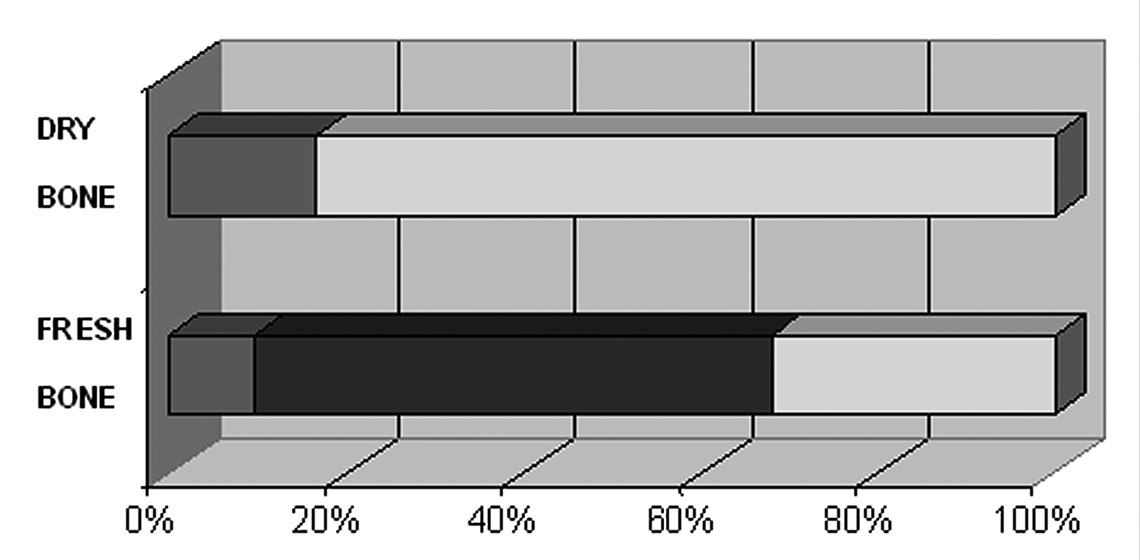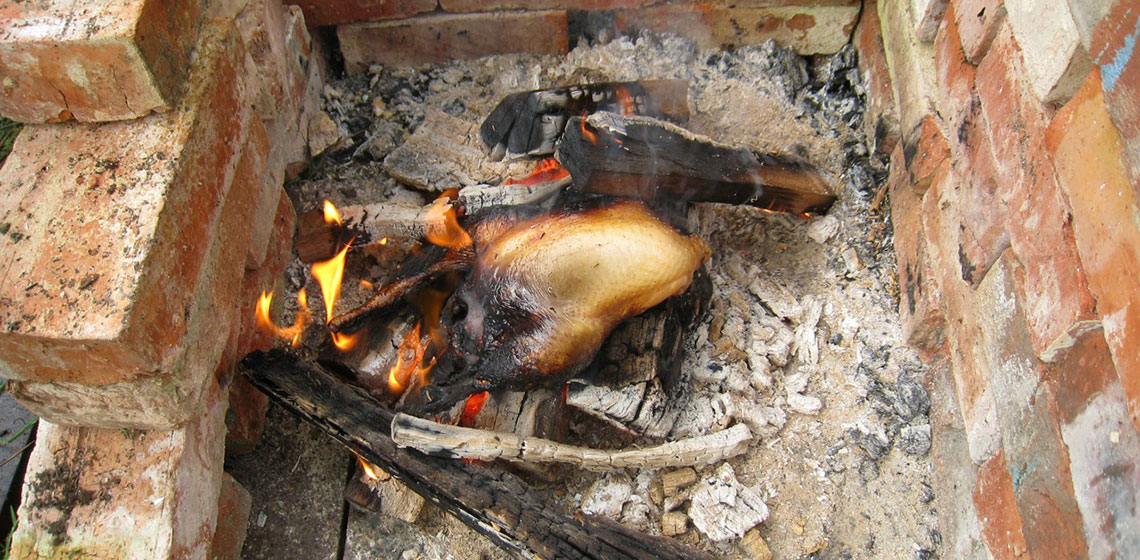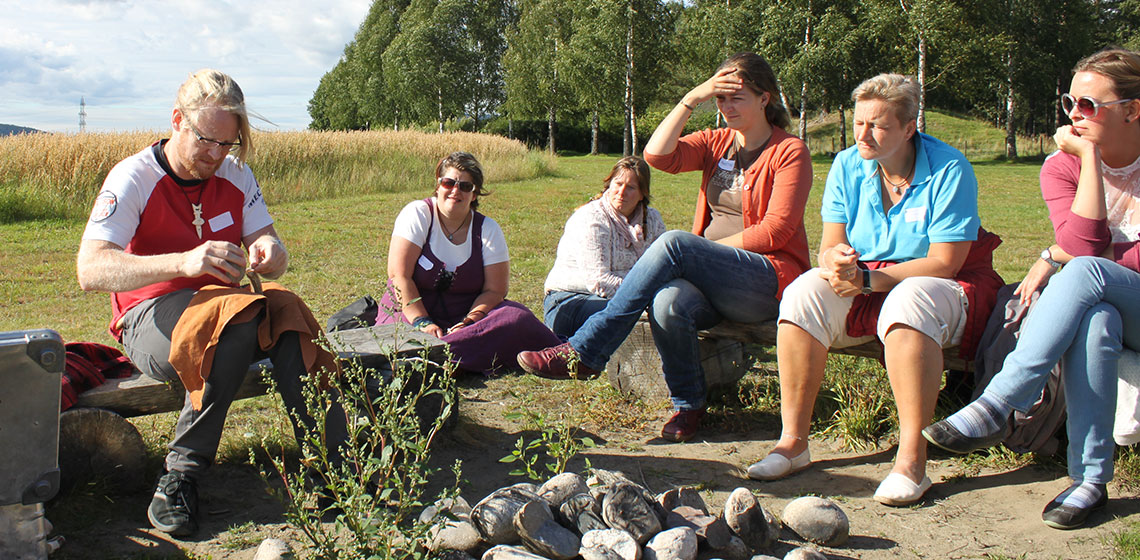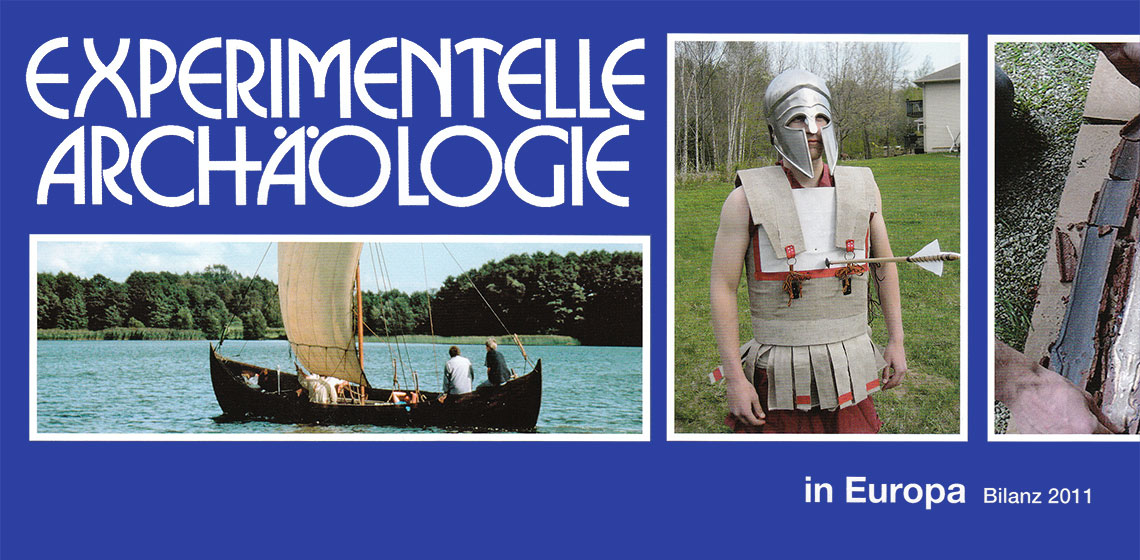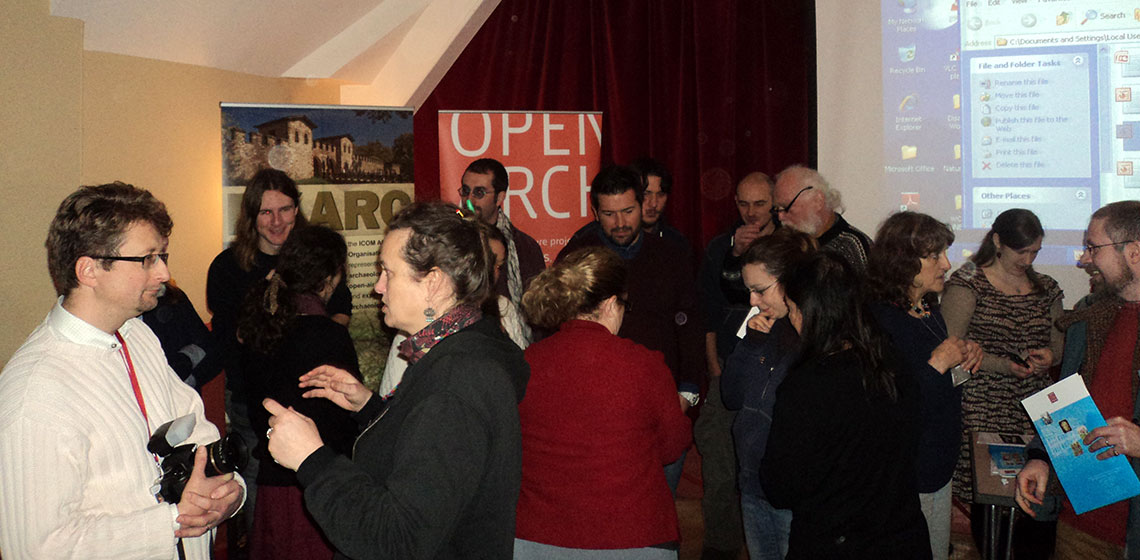Palaeolithic
Fire and Bone: An Experimental Study of Cremation
***Many bone fragments have been burned in controlled laboratory conditions but few have been burned on outdoor pyres. In order to study and understand cremated bone, it is crucial to conduct experiments in real environmental conditions. In this study several cremations were carried out outdoors...
Lithic Experiments in Rescue Archaeology: a Case from Southern Norway
To test whether or not the form of the discovered quartz was a result of prehistoric technological choices, a fracture analysis on collected vein quartz from Aust-Agder County was conducted1 .
Tomskaya Pisanitsa (RU)
In Kemerovskaya Oblast, near the village Pisanaya you will find the Historical, Cultural and Natural Museum-preserve “Tomskaya Pisanitsa”. Its main attraction are petroglyphs and cave paintings. The exhibition “Ancient Dwellings” illustrates the housing traditions and architecture of peoples of the Central Siberia in the ancient time, from the late Stone Age (the Upper Paleolithic, about 45 - 30 thousand years BC).
In Kemerovskaya Oblast, near the village Pisanaya you will find the Historical, Cultural and Natural Museum-preserve “Tomskaya Pisanitsa” (Томская писаница). Its main attraction are petroglyphs and cave paintings. The exhibition “Ancient Dwellings” illustrates the housing traditions and architecture of peoples of the Central Siberia in the ancient time...
Dr Silje Evjenth Bentsen
My primary research interests are combustion features, pyrotechnology, and the use of fire among hunter-gatherers. I am currently working on how heat affects ostrich eggshell and quartzite and am using both actualistic and laboratory experiments.
Conference Review: The 2nd Annual Seminar of Experimental Archaeology in Norway
Twenty-seven participants gathered at Hringariki museum at Hønefoss in Eastern Norway during a two-day conference from September 1st thru 2nd, 2012...
Book Review: Experimentelle Archäologie in Europa, Bilanz 2011
***Bilanz 2011 once again supplies an exciting, diverse and interesting view into the world of experimental archaeology. Published by EXAR in cooperation with the Pfahlbaumuseum Unteruhldingen, Isensee Verlag, Oldenburg 2011, 270 pp, ISBN 978-3-89995-794-5
Conference Review: 7th Experimental Archaeology Conference, Cardiff 2013
***The 7th Experimental Archaeology Conference was held on 12-13th January 2013. This annual event, first held in 2006. This year it was hosted jointly by the School of History, Archaeology and Religion at Cardiff University and St Fagan’s Open-Air Museum. Seventy-five delegates originally booked to attend, but one hundred actually...
Historia Vivens - Living History & Emotional Heritage (IT)
Historia Vivens is an Italy-based private project especially devoted to favour the rediscovering and promoting of the European heritage: historical sites, open-air living history and folk museums, theme parks and special archaeological projects, Living History and Folklore.
Historia Vivens is an Italy-based private project especially devoted to favour the rediscovering and promoting of the European heritage: historical sites...
